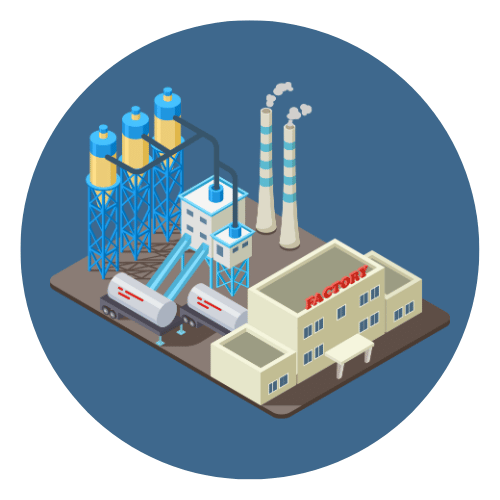Galvanic corrosion is a type of electrochemical degradation that occurs when two dissimilar metals come into electrical contact in the presence of an electrolyte. It is one of the most common and costly forms of corrosion seen across industries ranging from marine engineering and construction to oil and gas infrastructure and electronics. When not properly managed, galvanic corrosion can lead to structural failures, reduced component life, and significant maintenance costs.
The phenomenon is driven by a difference in electrical potential between metals, creating a galvanic cell in which the more active (anodic) metal corrodes preferentially while the more noble (cathodic) metal is protected. This simple yet powerful reaction has implications for nearly every application where different metals interact under moist or corrosive conditions.
Understanding galvanic corrosion is crucial for engineers, designers, and maintenance professionals. It affects everything from boats and aircraft fasteners to plumbing systems and bridges. For instance, a steel bolt in contact with a copper fitting in a water pipe can corrode rapidly if not properly insulated or protected. Such degradation often occurs silently, hidden under insulation or coatings, until a critical failure point is reached.
The objective of this article is to provide a comprehensive understanding of galvanic corrosion: how it occurs, the science behind it, real-world examples, and—most importantly—how it can be prevented. We will also explore key tools like the galvanic series, material selection strategies, and inspection techniques that help mitigate its impact. By the end, readers will have a complete picture of why galvanic corrosion matters and how to effectively manage it in both industrial and everyday contexts.
1. What Is Galvanic Corrosion?

Galvanic corrosion is a type of electrochemical corrosion that occurs when two dissimilar metals are in electrical contact with each other and are simultaneously exposed to an electrolyte, such as water (especially saltwater), moisture, or other conductive liquids. In this setup, one metal acts as the anode and corrodes (loses material), while the other acts as the cathode and remains protected.
How Does It Work?
When two metals with different electrode potentials are connected in an electrolyte, a galvanic cell is formed. Here’s what happens:
-
Electron Flow: Electrons move from the anodic metal (more active or less noble) to the cathodic metal (more noble).
-
Anode Corrosion: The anodic metal loses electrons and corrodes, forming metal ions.
-
Cathode Protection: The cathodic metal receives electrons and does not corrode.
-
Electrolyte Role: The liquid (electrolyte) facilitates the ion movement to complete the circuit.
Examples of Galvanic Corrosion
-
Aluminum in contact with copper in a plumbing system: aluminum will corrode.
-
Steel bolts in contact with brass plates in a marine environment: steel will corrode.
-
Aluminum rivets on stainless steel panels in aircraft: aluminum rivets will pit and deteriorate.
Key Conditions Required
To trigger galvanic corrosion, three things must be present:
-
Dissimilar metals
-
Electrical connection between the metals
-
An electrolyte bridging the metals
Remove any one of these, and the galvanic corrosion will stop.
Why Is It Important?
Galvanic corrosion can lead to:
-
Structural failure
-
Leakage in piping
-
Electrical short circuits
-
Unexpected maintenance and high costs
Understanding and preventing galvanic corrosion is crucial in industries like marine, oil & gas, aerospace, automotive, construction, and electronics.


 Automation System
Automation System  Energy Engineeing
Energy Engineeing  Instrumentation System
Instrumentation System  Mechanical Engineeing
Mechanical Engineeing  Piping Technologies
Piping Technologies  Transportations
Transportations  Manufacturing
Manufacturing  Training Material
Training Material 











